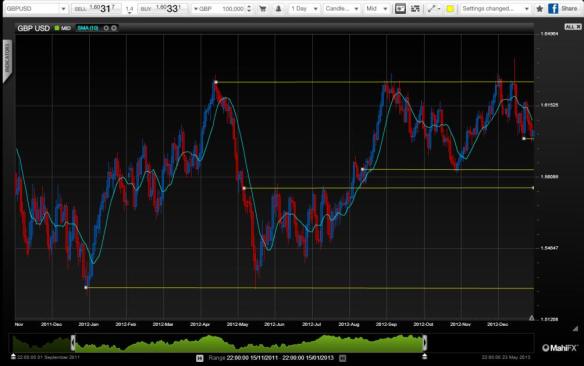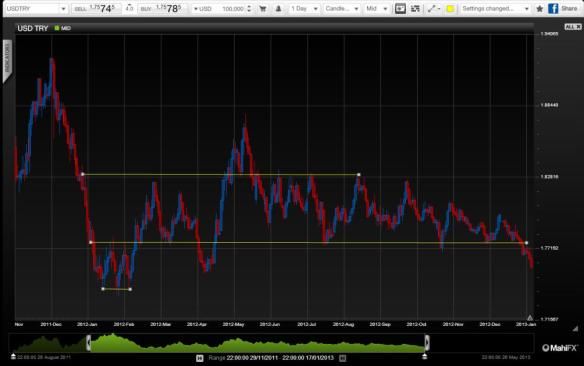The USD has been the currency haven of choice when the world goes through a convulsion of fear with risk-associated currencies such as GBP taking a hit. But the dynamics of the forex market could be about to shift or at least go through a period of confusion.
Risk-on, risk-off waves of sentiment have become a familiar scene across currency and asset markets. As a crisis threatens to move towards an ugly climax central banks rush for the fire hydrants to quell the flames and trigger a relief rally in risk currencies and assets in the process.
The IMF has documented the process in a working paper called The Behaviour of Currencies during Risk-off Episodes. Specifically looking at high yield emerging market currencies it remarked that since the global financial crisis, those currencies have depreciated more sharply during risk-off episodes.
The IMF noted that this is in contrast to the pre-global crisis world of 2007 where they tended to depreciate versus the USD during risk-off episodes. Post-2007, buying volatile currencies as the market shifts to a risk-off phase has proved to be a profitable trade. But there are a number of factors afoot, which might challenge this now rather familiar dynamic, even if it’s only temporary.
USDTRY daily chart
US Fed changing the game
The US Federal Reserve has indicated a shift in its monetary policy putting markets on notice that it is contemplating bringing quantitative easing to an end, maybe even by late this year, as there have been signs of improvements in the US economy. Interest rates in developing countries are so uniformly low that instead patterns of quantitative easing are a major consideration for forex.
Another important change is that the EUR no longer looks like a terminal case. The European Central Bank has committed to step up to the plate to hold the single currency together. Eurozone policy makers are attempting to build the necessary fiscal architecture needed to support the EUR. That’s still very much work in progress.
However, it must be noted that the EUR will only ultimately be saved if he Eurozone can rediscover that increasingly illusive condition known as sustainable economic growth. On that front at least the outlook remains grim.
In the meantime, should the Fed’s employment target of 6.5% look likely to be hit, and that could happen sometime in H2, then it will reassess its QE programme. In anticipation of that seminal moment, USD would likely rally, probably strongly across the board. The UK, for instance, with its permanently weak economy and ballooning current account deficit could see GBP sold off aggressively.
GBPUSD daily chart
A good news USD rally
But crucially this would be a USD rally powered on positive economic news and not based on a scenario of the world falling apart, which triggered the post-2007 increases. And that would be a big change in the dynamics of the forex market.
But the question is would this last? There’s enough doubt to believe that it may not. The Eurozone’s problems are deep with the southern periphery blighted by austerity induced mass unemployment. Also, is the US economy really strong enough to stomach potentially higher commercial interest rates that would likely result from the phasing out of QE. It may not. US growth, though stellar compared to most of the developed world, has been fairly lacklustre going by previous form.
The problem is that the developed world’s populations are getting older and quite quickly. That means fiscal strains are going to increase. Advanced economies are largely driven by consumer demand, older consumers tend to spend less and this implies that developed economies are not going to rediscover strong economic growth any time soon.
Therefore, it would hardly be surprising if the Fed is forced back into doing more QE. And that might mean a return to a variation of the risk-on, risk-off rally as market cycles never quite repeat themselves in exactly the same way.
By Markets Analyst: Justin Pugsley
Tradersdna is a leading digital and social media platform for traders and investors. Tradersdna offers premiere resources for trading and investing education, digital resources for personal finance, market analysis and free trading guides. More about TradersDNA Features: What Does It Take to Become an Aggressive Trader? | Everything You Need to Know About White Label Trading Software | Advantages of Automated Forex Trading










